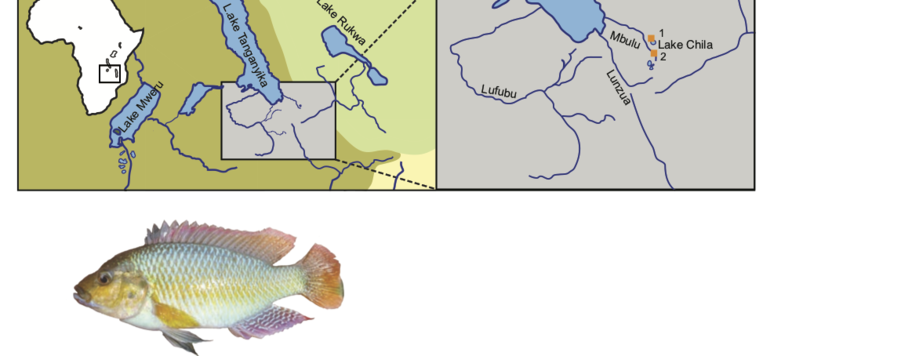
Sex chromosome evolution in the haplochromine cichlid Pseudocrenilabrus philander
Why sex chromosomes turn over and remain undifferentiated in some taxa, whereas they degenerate in others, is still an area of ongoing research. The recurrent occurrence of homologous and homomorphic sex chromosomes in distantly related taxa suggests their independent evolution or continued recombination since their first emergence. Fishes display a great diversity of sex-determining systems. Here, we focus on sex chromosome evolution in haplochromines, the most species-rich lineage of cichlid fishes. We investigate sex-specific signatures in the Pseudocrenilabrus philander species complex, which belongs to a haplochromine genus found in many river systems and ichthyogeographic regions in northern, eastern, central, and southern Africa. Using whole-genome sequencing and population genetic, phylogenetic, and read-coverage analyses, we show that one population of P. philander has an XX–XY sex-determining system on LG7 with a large region of suppressed recombination. However, in a second bottlenecked population, we did not find any sign of a sex chromosome. Interestingly, LG7 also carries an XX–XY system in the phylogenetically more derived Lake Malawi haplochromine cichlids. Although the genomic regions determining sex are the same in Lake Malawi cichlids and P. philander, we did not find evidence for shared ancestry, suggesting that LG7 evolved as sex chromosome at least twice in haplochromine cichlids. Hence, our work provides further evidence for the labile nature of sex determination in fishes and supports the hypothesis that the same genomic regions can repeatedly and rapidly be recruited as sex chromosomes in more distantly related lineages.





